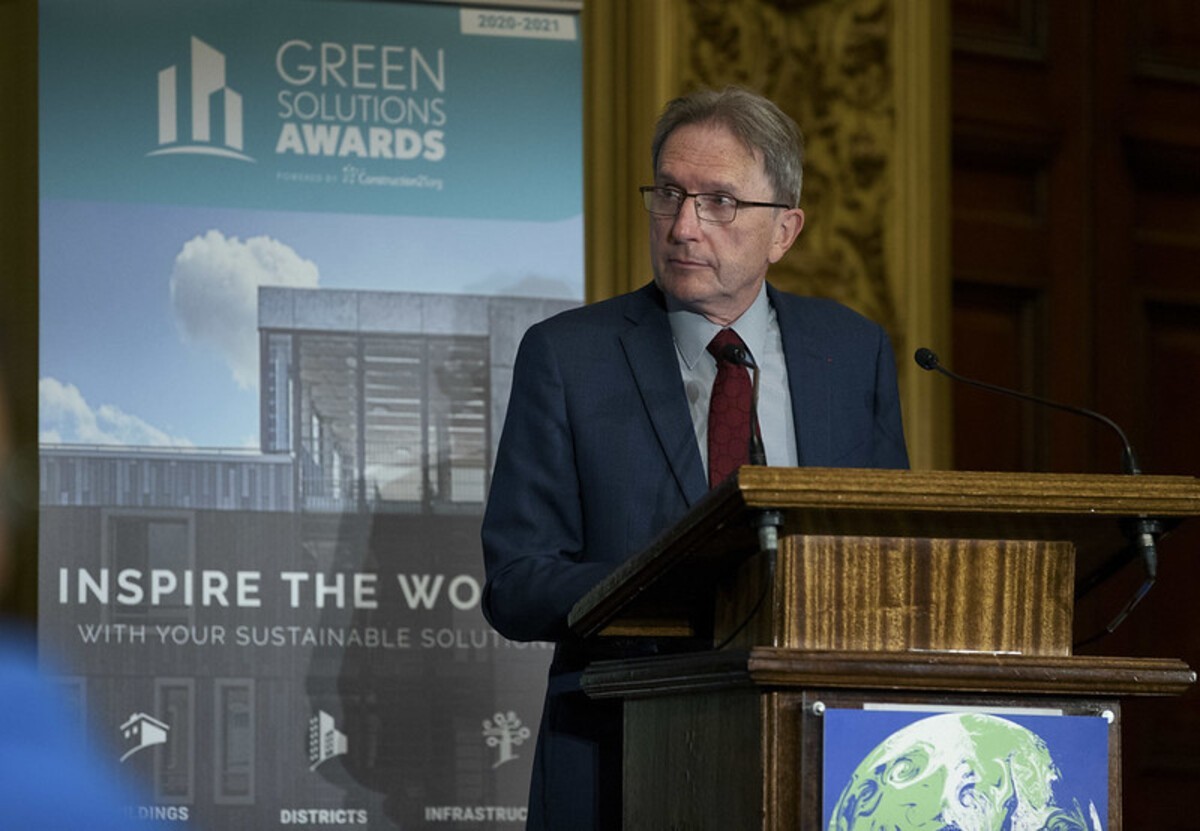What are the outcomes of the COP? The absence of the housing and construction sector
Christian Brodhag
Président Construction21 France / Président Construction21 AISBL

The Glasgow Climate Pact at COP26 seals in a short 8-pages text the consensus position of countries on climate action. The presence of nearly 200 countries at the opening of the conference, more than a hundred heads of state and 25,000 delegates, gives it a great legitimacy. But if its weak outcomes mark progress, they are insufficient to achieve the objectives, to the point that a follow-up is planned for next year to strengthen commitments.
By reiterating the 1.5°C target, the Glasgow Pact considers it requires “reducing global carbon dioxide emissions by 45 per cent by 2030 relative to the 2010 level and to net zero around mid-century, as well as deep reductions in other greenhouse gases”.
The Glasgow Pact has no sectoral declination citing only energy systems, i.e. clean power generation and energy efficiency measures. One of the key elements is the proposal to phasedown unabated coal power and phaseout inefficient fossil fuel subsidies. At a time when all actors including the International Energy Agency consider the need to leave more than three-quarters of fossil fuels in the ground, this is clearly insufficient.
But the results of a COP shouldn't be judged solely on a text. Indeed, a minority of the twenty-five thousand delegates actually took part in the negotiations. Most of them participated in the side events held on the sidelines of the negotiations in the blue zone pavilions. These, which are similar to trade fair stands, are run by three types of actors: international organisations which communicate on their policies, programmes and ends; countries organising conferences and exhibitions to promote their policies and the initiatives of their associations and companies; alliances and coalitions that bring together their members to update them on their activity, playing a role of influence and even lobbying for climate policies. This set of initiatives forms the thickness of the negotiations and makes it possible to identify trends and priorities.
We must dramatically note the almost total absence of a crucial sector that nevertheless accounts for nearly 40% of emissions: construction. At COP21, France took the initiative to launch a Global Alliance for Building and Construction (the GlobalABC) which now gathers nearly 34 countries and 160 organisations, but did not catalyse the success and momentum necessary to put construction on the political agenda of the convention and to mobilise resources. Nonetheless, it's the first COP where a Buildings Pavilion was set up, with around 30 events (in person and online). Today, 138 countries have integrated the construction sector in their Nationally Determined COntributions (NDC), to the point that it's the 2nd theme after renewable electricty.
It is a sector in which many of solutions do not induce additional costs, but rather a change in practices, technical and frugal innovations, and where the training of actors is decisive.
If the Glasgow Pact offers to couple funding with capacity building and training, this capacity building is too often reduced to the political and administrative capacity of countries and is not aimed at grassroots actors that implement innovative solutions.
Construction 21 must play a dual role in supporting the development of the GlobalABC and deploy in all regions in order to mobilise knowledge, experience and solutions, and ultimately enable the sector to address the challenge.
By Christian Brodhag, President of Construction21 International



